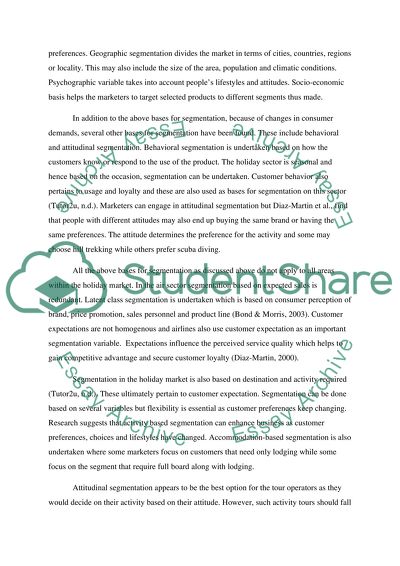Cite this document
(“The Holiday Market Assignment Example | Topics and Well Written Essays - 2000 words”, n.d.)
Retrieved from https://studentshare.org/marketing/1396809-the-holiday-market
Retrieved from https://studentshare.org/marketing/1396809-the-holiday-market
(The Holiday Market Assignment Example | Topics and Well Written Essays - 2000 Words)
https://studentshare.org/marketing/1396809-the-holiday-market.
https://studentshare.org/marketing/1396809-the-holiday-market.
“The Holiday Market Assignment Example | Topics and Well Written Essays - 2000 Words”, n.d. https://studentshare.org/marketing/1396809-the-holiday-market.


